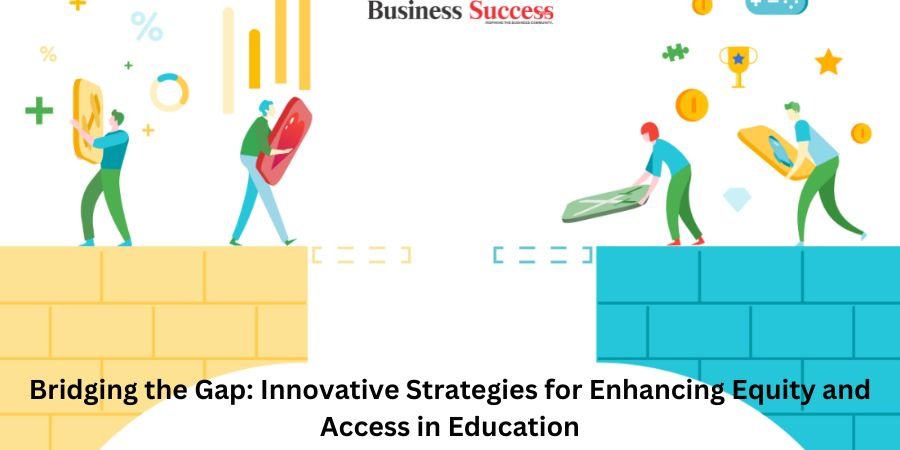In an era where the landscape of education is continually evolving, the pursuit of equity and access stands as a beacon of hope for creating a more inclusive and empowered society. As we delve into the future, it becomes imperative to employ innovative strategies that not only address the disparities present in our education systems but also pave the way for a future where every learner, regardless of their background, has the opportunity to thrive.
Understanding the Gap
At the heart of educational inequity lies a complex web of socio-economic factors, geographical barriers, and systemic biases that have historically marginalized certain groups. From urban to rural divides and socio-economic disparities to cultural and linguistic differences, these gaps in access and equity hinder the potential for many to pursue and attain quality education. Recognizing these challenges is the first step toward crafting solutions that are both transformative and sustainable.
Leveraging Technology to Enhance Access
The digital revolution offers unprecedented opportunities to bridge these gaps. Online learning platforms, educational apps, and digital libraries can make high-quality educational resources accessible to students in remote or underserved areas. However, access to technology is not universal. Initiatives to provide affordable devices and internet access, coupled with digital literacy programs, are critical in making this a viable solution for all.
One shining example of technology’s potential to enhance educational access is the rise of Massive Open Online Courses (MOOCs), which offer free or low-cost courses from universities around the world. This democratizes access to world-class education, allowing students from diverse backgrounds to learn from leading experts in various fields.
Personalized Learning Pathways
Every learner is unique, with their own strengths, weaknesses, and learning preferences. Personalized learning, aided by adaptive learning technologies, can tailor educational content to meet the individual needs of each student. This approach not only makes learning more engaging but also addresses the diverse learning speeds and styles, ensuring that no student is left behind.
Educational software and platforms can now analyze student performance in real-time, adjusting the difficulty level of tasks and providing personalized feedback. This individualized approach fosters a deeper understanding of subjects, catering to each student’s learning journey and promoting equity in learning outcomes.
Empowering Educators
At the core of any educational innovation are the educators themselves. Providing teachers with ongoing professional development and access to educational technology tools equips them to meet the diverse needs of their students. Training programs focusing on culturally responsive teaching methods, inclusive curriculum design, and the integration of technology in the classroom are essential in empowering educators to be agents of change.
Moreover, creating communities of practice where educators can share insights, resources, and strategies fosters a collaborative environment that champions equity and access. These communities can serve as a powerful platform for advocacy, pushing for systemic changes that support inclusive education practices.
Building Partnerships for Change
Achieving equity and access in education is not a task that can be accomplished in isolation. It requires the concerted effort of governments, educational institutions, non-profits, and the private sector. Partnerships that leverage the strengths and resources of each sector can lead to innovative solutions and scalable models that address the multifaceted challenges of educational inequity.
For instance, public-private partnerships can facilitate the development of infrastructure in underserved areas, such as building schools and libraries or providing transportation to reduce geographic barriers to education. Similarly, collaborations between educational institutions and technology companies can create accessible and engaging learning materials that cater to a wide array of learning needs and preferences.
Conclusion
The journey toward enhancing equity and access in education is both challenging and rewarding. It demands a shift in perspective, innovative thinking, and relentless commitment to ensuring that every learner has the tools and opportunities to succeed. By embracing technology, personalizing learning, empowering educators, and fostering partnerships, we can bridge the educational gaps that have long divided our society.
In doing so, we not only enrich individual lives but also cultivate a more just, knowledgeable, and inclusive world. The future of education is one where equity and access are not mere ideals but lived realities for all.





